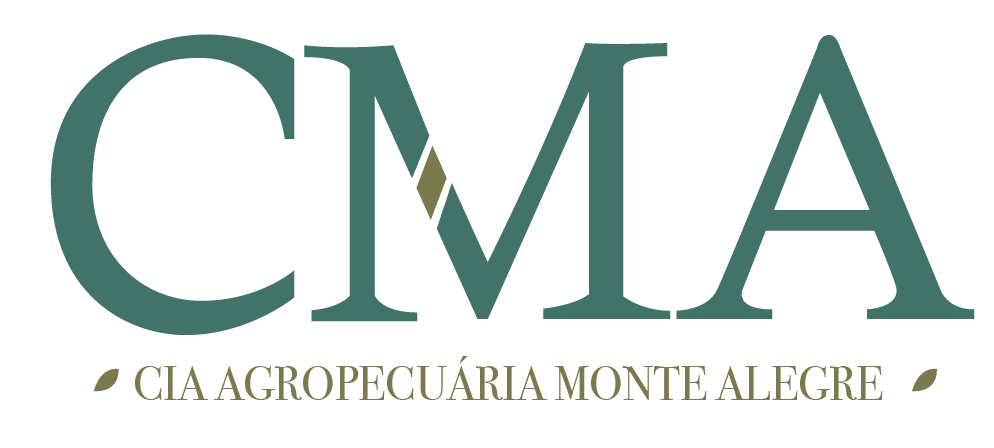Full
High nutritional quality and excellent performance for your animals.
One of the activities that the CMA carries out is planting and harvesting its own hay, in this case Tifton-85, as well as using it as food for cattle in confinement and selling it on the market to partners and animal breeders, event producers, among others. others. This activity requires specific equipment and maintenance of product quality in the market. In order to carry out this activity, it is necessary to have great knowledge in technological, environmental and geographic areas, as well as the experience of producers in relation to sustainability, an activity that allows the use of natural resources in favor of the environment. Thus, the Monte Alegre Confinement with this activity provides the cattle with a high nutritional value and low production cost, reserving products with the highest quality for the market. The practice in confinement involves an intensive fattening program for the animals, with the aim of improving the conditions of the cattle for the market.
Hay Tifton 85 Bales of 18 kg
Product rich in long and effective fibers, potentially favoring animal performance. Its intake stimulates the consumption of food and contributes to better digestibility, with adequate levels of protein and energy.
Tifton Pre-Dried Hay 85 Rolls of 500 kg
This is a long-lasting product, fully capable of maintaining its high nutritional value for a longer period of time. In addition to containing high levels of protein and energy, it does not require a storage structure.
Chopped Hay Tifton 85 Rolls of 300 kg and Bales of 400 kg
Perfectly chopped product that can be included directly in the animal's diet. Important to help adaptation in confinement and totally suitable for elite animals.
[ Get a quote with CMA ]
Sign up to receive our Newsletter
[ A little more about Tifton 85 ] Tifton-85 is a stoloniferous perennial grass with a large leaf mass, thick rhizomes, which are the underground stems that maintain the reserves of carbohydrates and nutrients that provide its resistance to droughts, frosts, fires and pastures. Recommended for dairy farming, beef cattle, horses, goats, sheep, pigs, free-range chickens and ostriches, it can be planted both in cold regions and in hot regions of subtropical and tropical climate, in sandy, mixed and clayey soils, properly corrected and fertilized. The training will take around ninety days. Air temperature and humidity are the main environmental factors that influence forage drying rate and hay quality. Therefore, planting should only be carried out in favorable weather forecasts.









